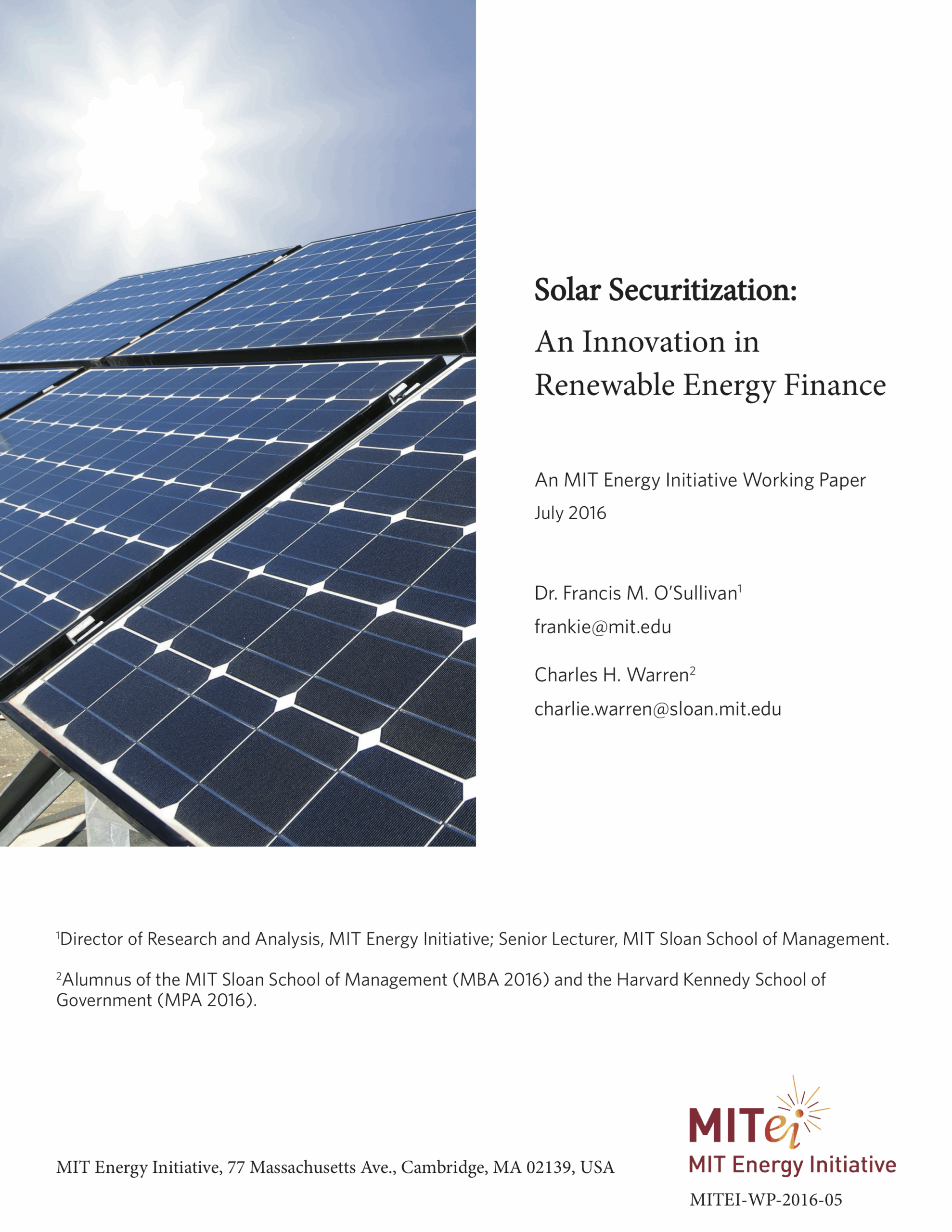
Abstract
Recent developments have cast a pall over financial innovation in renewable energy. Journalists, analysts, and investors alike have raised specific concerns over yieldcos, publicly listed vehicles that own renewable energy assets such as wind and solar projects. However, too little attention has been paid to recent, equally novel activities in fixed income markets: the securitization of residential solar. We parse the excitement surrounding solar asset backed securities (ABS), on the one hand, with the realities of the underlying business models, federal policies, and electricity market regulations, on the other. After reviewing the U.S. residential solar market, we examine the mechanics of solar securitization, explore the potential tradeoffs, and discuss the asset class’ future. Debt markets should in theory generate lower cost capital for solar providers and spur greater deployment of renewable energy. Yet securitization has not unleashed residential solar in the manner that some have predicted. We demonstrate that business model challenges and regulatory uncertainty remain barriers to the sector’s growth, and by extension, its nascent ABS market. Securitization has still shown early signs of success and could help scale solar in an effort to decarbonize the U.S. electricity grid. However, for solar securitization to be successful in the long term, sustainable business models and true technological innovation must accompany it.
Keywords: solar, securitization, asset backed securities (ABS), financial engineering, renewable energy, climate change, innovation